Why Are Male Birds More Colorful than Female Birds?
Last Updated on
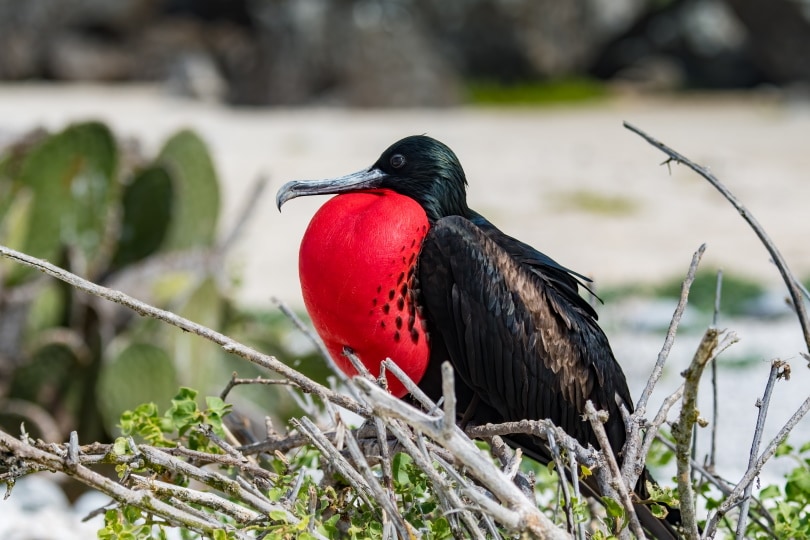
If you’re someone that pays close attention to the birds in your backyard, you may notice two birds that look almost exactly the same. The only difference is that one is more brightly colored than the other. The more brightly colored birds are also much easier to spot.
In many other species of animals, the males and females have almost the exact same coloring, so it’s hard to tell which one is male and which one is female. This is often not the case for birds, as it’s actually the males that are more brightly colored. But what is it about male birds that makes them more colorful than the females? Continue reading to find out.

The 5 Reasons Why Male Birds Are More Colorful than Females
There isn’t just one reason why male birds are more colorful than females. There are actually several reasons. But first, let’s look at the scientific term for this. Sexual dimorphism is the term that is used to describe differences in appearance between males and females of the same species. This is the reason why males and females of the same species are often different sizes.
A specific type of sexual dimorphism, known as sexual dichromatism, is used to describe males and females of the same species that are of different colors. This phenomenon is most commonly seen in birds, but also in fish, some lizards, and some insects such as butterflies. The thought is that although some sexual dimorphism is the result of natural selection, most of it, particularly sexual dichromatism, is thought to have evolved as a form of sexual selection.
When it comes to birds, both the thoughts of sexual dichromatism being a result of natural selection and sexual selection are valid. We’ll back this up by giving you five reasons why male birds are more colorful than females.
1. Bright Colors Attract Females
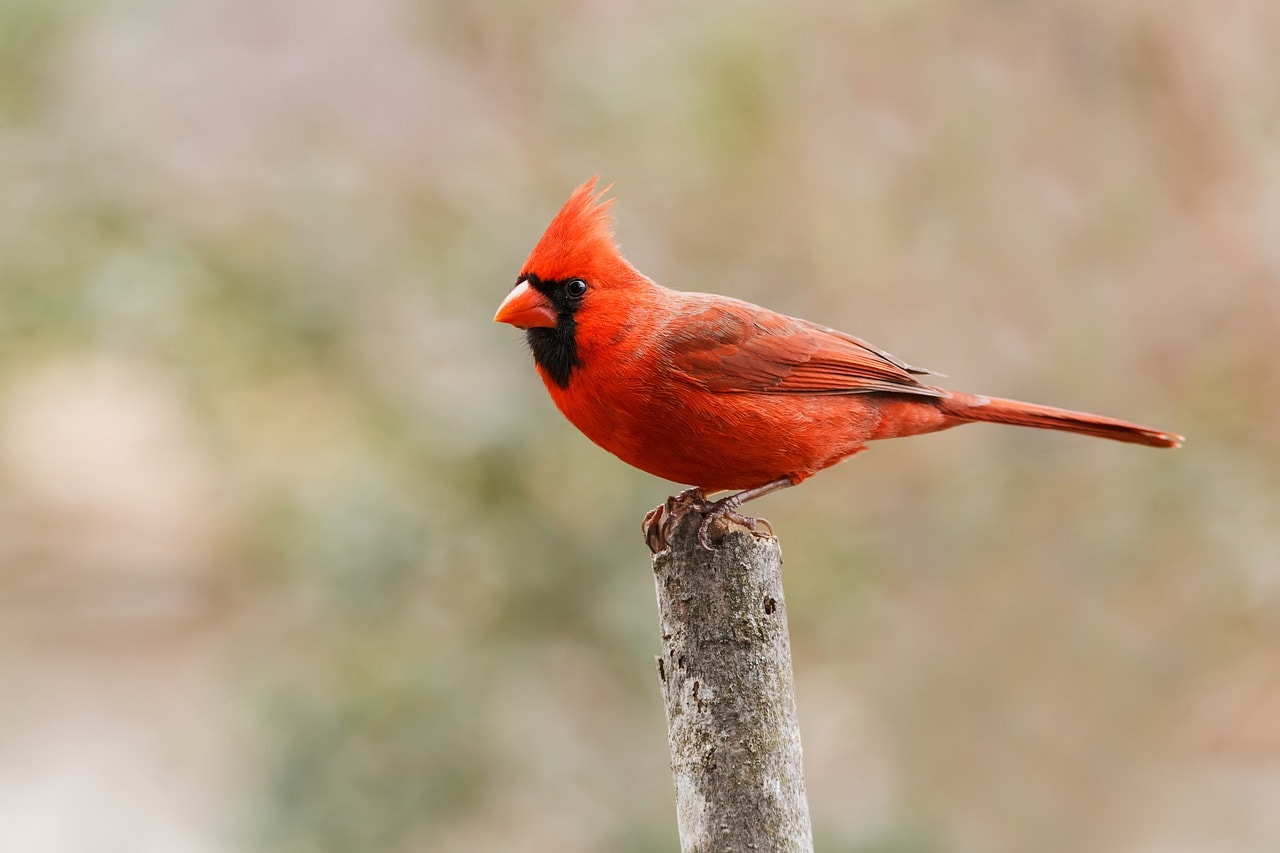
This is the definition of sexual selection at its finest. Being brightly colored increases the chances that a certain animal will have greater success at attracting a mate. In this case, male birds are more colorful because the bright colors are more noticeable to females. It’s easy for the female to tell which birds are males.
In addition to the bright colors being more attractive to females, male birds also have other forms of sexual dimorphism. They may be bigger in size and have longer tails or adornments such as plumage. All these traits make them more visible to females.
2. Bright Colors Are Used for Competition
Another reason that males are more brightly colored is that they use their bright colors to compete for territory and for female birds. The bright colors allow the bird to stand out more so that other birds know that an area is already occupied. Also, some male birds may have specific colors on certain parts of their bodies. Birds may flash that color to show that they’re ready to fight for their territory.
Many male birds also have to compete for female attention. This is because once females have eggs, they have to spend time incubating and caring for them, which lowers the number of females available to mate. Females are more attracted to males that are more flashy, so males with brighter colors are more likely to mate with females. This corresponds with our first reason above.
3. Bright Colors Can Differentiate Different Species
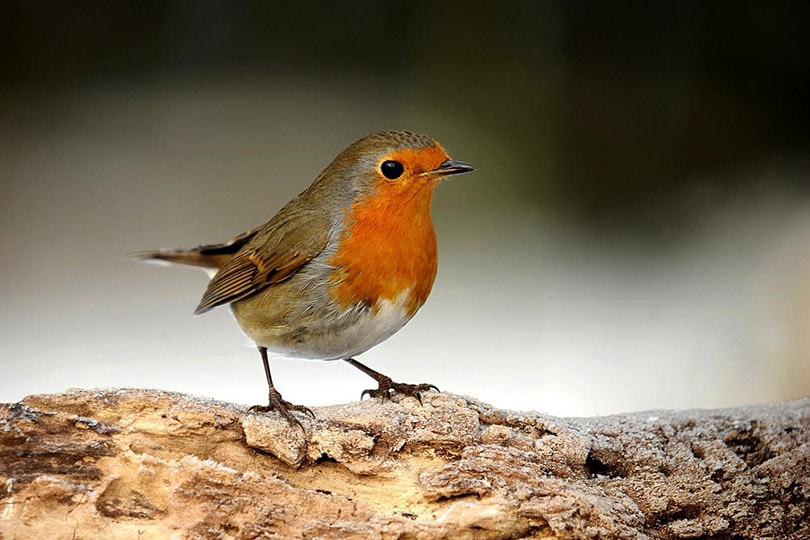
Bright colors can also help to differentiate different species. Although this is how humans can identify birds as well, from a biological standpoint, being brightly colored helps both males and females identify birds of their same species.
Male birds being able to identify other male birds of the same species helps them to know which birds to compete with. Female birds being able to identify males of their species by the colors helps the females know which birds to mate with.
Bright colors also help differentiate different species of birds when it comes to predators and prey. The color of one bird lets other birds know whether or not that bird is safe to eat, and which birds they should leave alone.
4. Dull Colors Protect Female Birds
So far, we’ve looked at how male birds being more colorful benefits the male birds. But, not being brightly colored benefits female birds. Most female birds are duller in color compared to their male counterparts. For example, if a male bird is yellow, a female may be a duller yellow or may even be brown.
These dull colors allow a female to blend in with her surroundings and the nest better. She is less noticeable to predators that may be a threat to her and her eggs. This protects both the mama bird and any eggs or babies that she may be nurturing.
5. Bright Colors May Correlate With Health
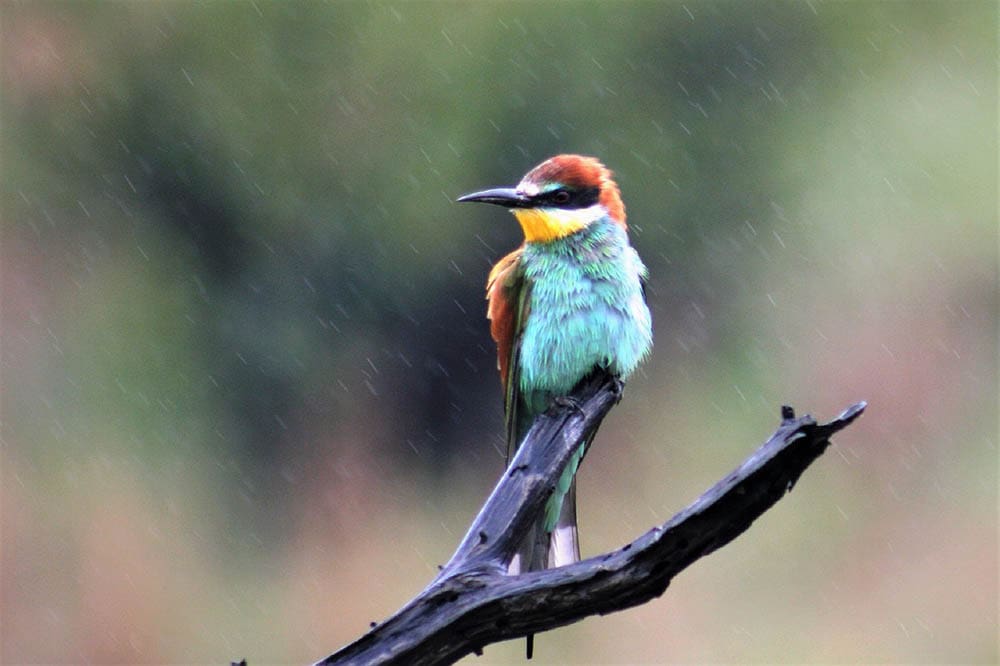
This is a theory that is still being studied, but it’s possible that the more brightly colored a male bird is, the stronger and healthier he is. It’s also thought that female birds may perceive a male bird as healthier based on the exact color he is.
This theory may only be backed up in certain bird species in which their color can change based on what they eat. For example, Northern Cardinals, Yellow Goldfinches, and Canaries may turn varying shades of red, orange, or yellow, based on how much food they eat that contains pigments called carotenoids.
Whether or not birds that do eat more carotenoids are healthier is not clear, which is what is still being studied. However, a female bird may choose a more brightly colored male bird over one that isn’t as bright because she perceives the brighter one to be healthier.
Are Male Birds Always More Colorful than Females?
Most male birds are more colorful than females, but not all of them are. There are a few bird species that exhibit sexual dichromatism in lower amounts, and others that don’t exhibit it at all. One type of bird that exhibits more subtle sexual dichromatism is the woodpecker. In the case of woodpeckers, males and females are identical in color.
But the difference between them is how much of a specific color they have in a certain area (such as on their head). For example, male woodpeckers may have slightly more red on their heads than females. The only way to tell the difference is to look at both a male and a female side-by-side.
Raptors, also known as birds of prey, have no difference in color between males and females. They exhibit sexual dimorphism in a different way, in which the females are larger than the males. There’s no exact reason why this is the case, but theories include that females are larger in order to better protect them from aggressive males or that females need to prey on larger animals to feed their young. Examples of raptors include vultures, hawks, and falcons.

What Determines a Bird’s Color?
We know that different species of birds are different colors, but what is it that causes these color differences? A bird’s color is determined either by pigments found in a bird’s food or in his body, or by the structure of the feathers.
Carotenoids
We already mentioned that the color of certain birds can be determined by their diet. Carotenoids are pigments that are found in certain foods that birds eat, such as berries, flowers, etc. Carotenoids create yellow, orange, and red pigments that a bird may exhibit after eating food containing these pigments.
Melanins
Melanins are color pigments that are naturally found in the skin and feathers of birds. The concentration of melanin in certain locations can determine what colors, such as black, brown, or pale yellow, are exhibited. Melanins can also interact with carotenoids in food that a bird consumes and create colors such as olive green.
Porphyrins
Porphyrins are pigments that are created by modifying amino acids. This is a process that happens inside of a bird’s body as a result of various body systems. Porphyrins are responsible for colors such as pink, green, and brown.
Feather Structure
The structure of a bird’s feathers can also determine color. Some birds, such as hummingbirds, have iridescent feathers that refract light in such a way that the color of the feathers changes depending on what angle you look at the bird from.
Some birds, particularly blue ones, have non-iridescent feathers. The feathers contain tiny air pockets that scatter light and create a specific color. Other birds have feathers that reflect ultraviolet light, which creates many different colors that birds can see but humans can’t. That means that a bird’s color may look totally different to another bird than it does to us.
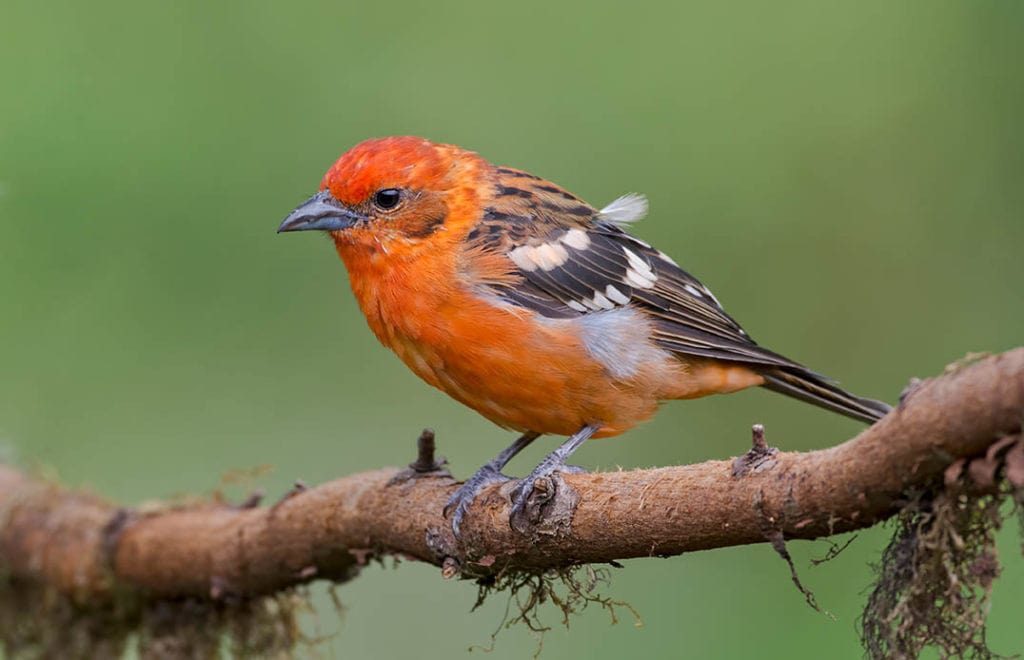

In Conclusion
The main reason that male birds are more colorful than female birds is that the colors make them more successful in mating. Other reasons include competition for territory and females and to help other birds identify them. Females being dull also protects them from predators as well. Although male birds being colorful helps them in many ways, it also helps us as humans to be able to identify them more easily by their color patterns.
Featured Image Credit: Georgi Baird, Shutterstock
About the Author Savanna Stanfield
Savanna is a former science teacher who is now a full-time freelance writer currently living in the United States with her husband and daughter. Other members of her family include a long-haired chihuahua named Penny, three cats, and an aquatic turtle named Creek. In addition to writing, her passions include gardening, traveling, and protecting our wildlife and natural resources.
Related Articles:
10 Types of Hummingbirds in Arkansas (With Pictures)
8 Types of Hummingbirds in Nebraska (With Pictures)
5 Types of Hummingbirds in Idaho (With Pictures)
3 Types of Hummingbirds in Mississippi (With Pictures)
8 Types of Hummingbirds in Kansas (With Pictures)
5 Types of Hummingbirds in West Virginia (With Pictures)
5 Types of Hummingbirds in Ohio (With Pictures)
Where Do Nuthatches Nest? Nuthatch Nesting Habits Explained
